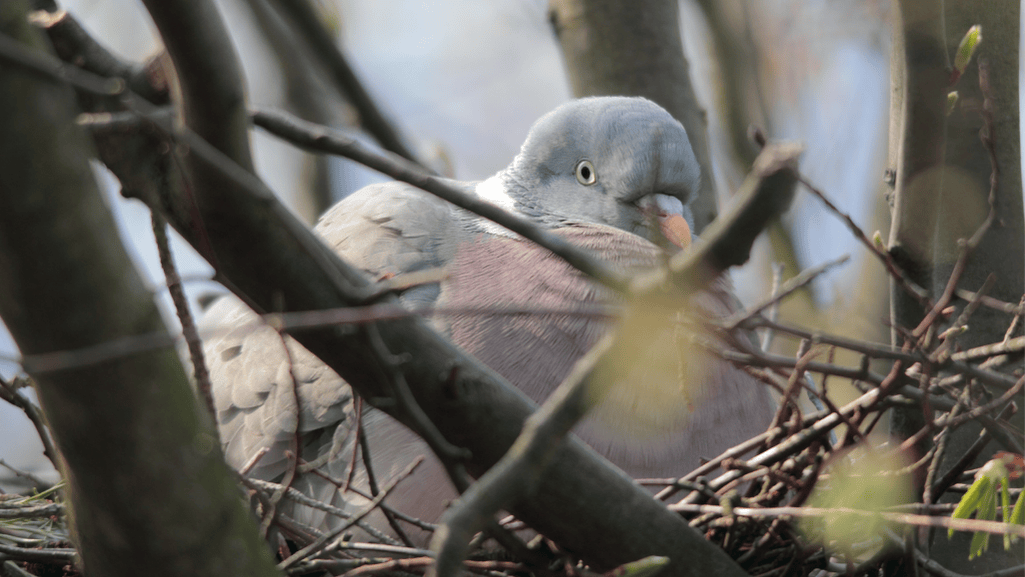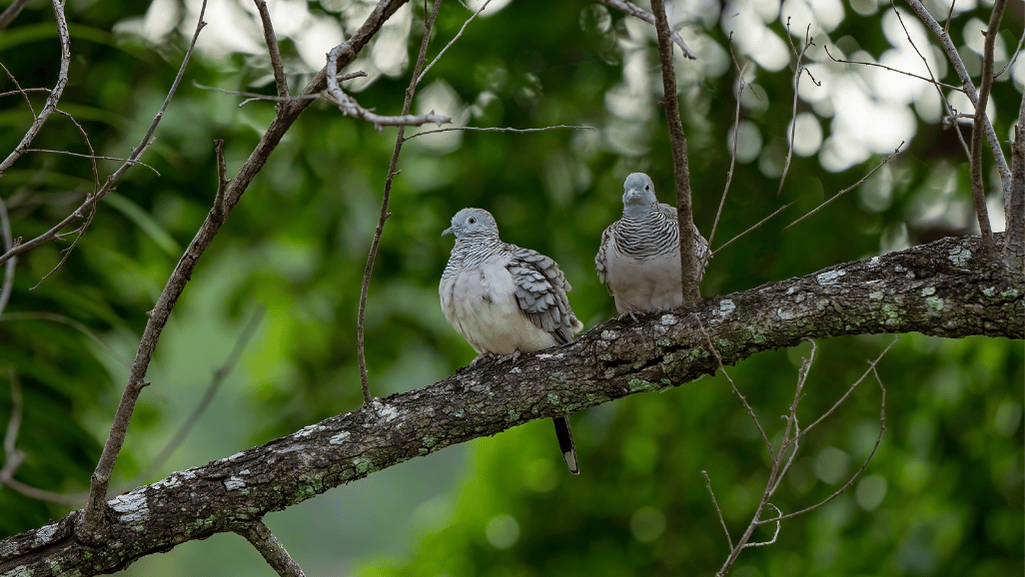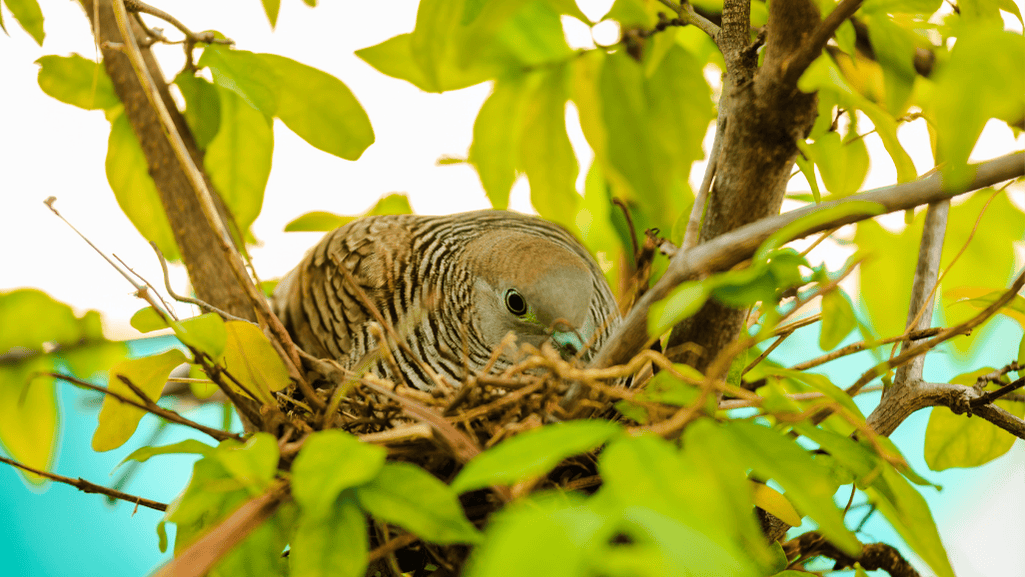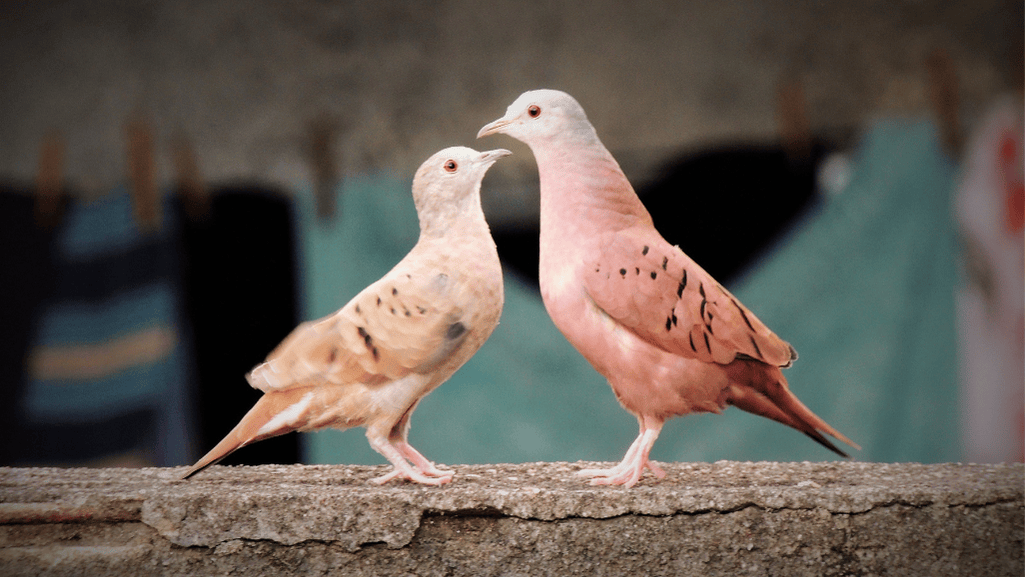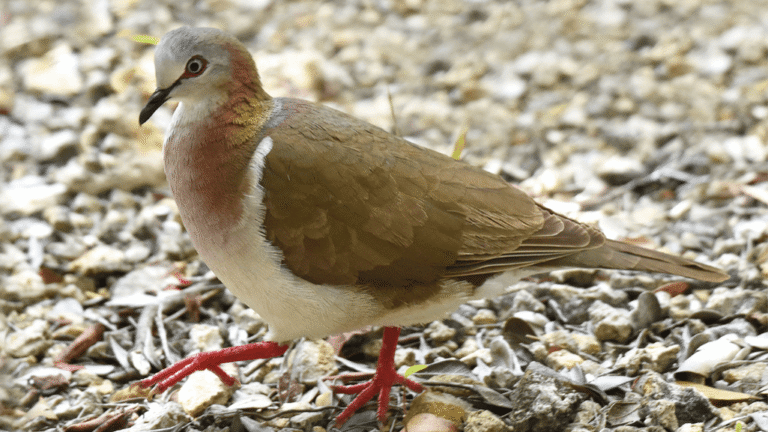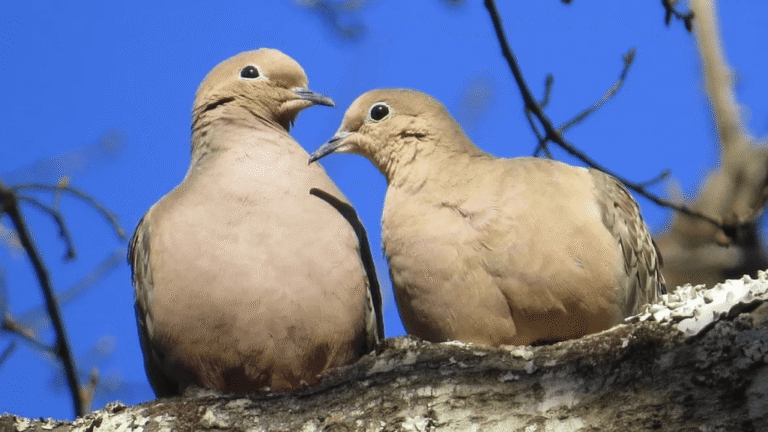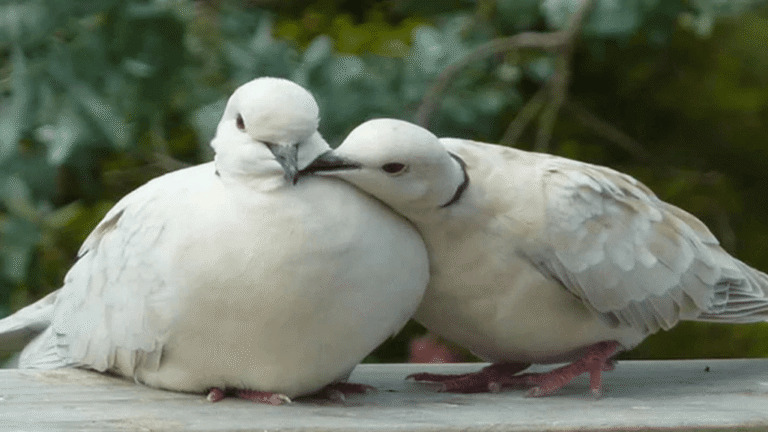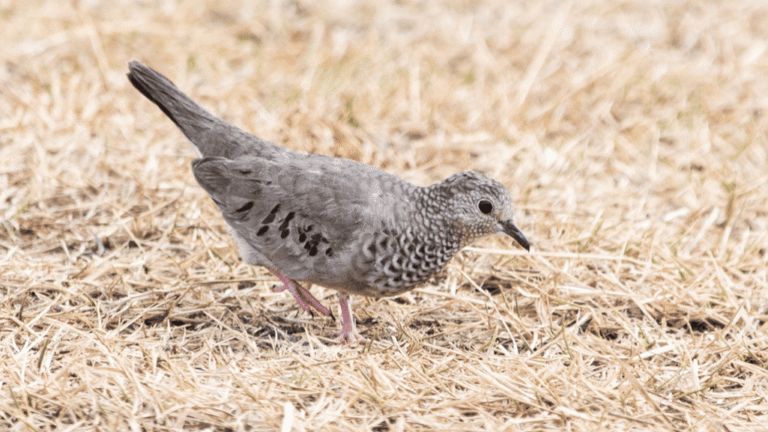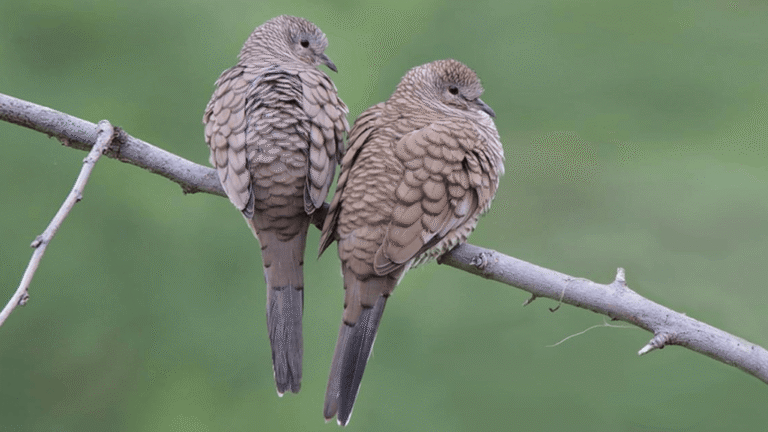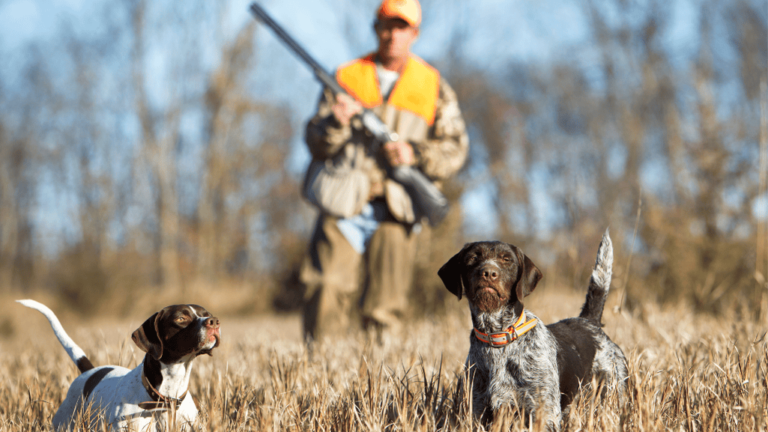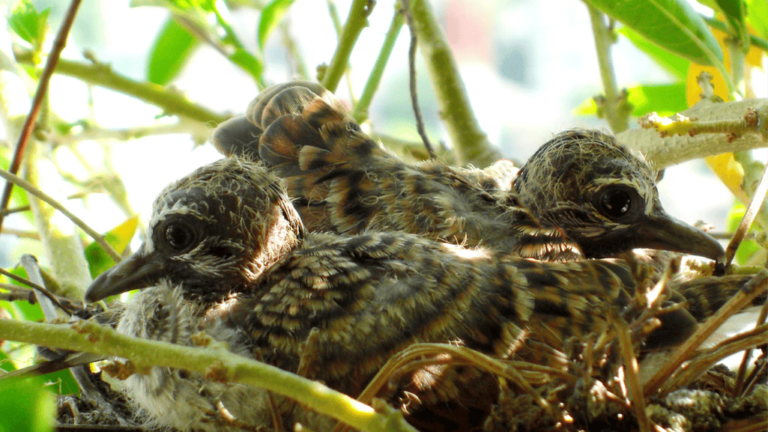Dove breeding care is an art that needs dedication and knowledge. Those who learn about different dove species for breeding can see great results. It’s all about knowing the best breeding techniques and setting up the right aviary.
Choosing the right breeding pairs is key. Doves are usually most fertile before they are 8-10 years old. After that, breeding them only two times a season can keep them fertile. Fanciers use the Squeaker percentage to measure breeding success, which is the number of breeding hens divided by the total babies in a season.
Infertility can be a big problem, caused by age, mycotoxins, or some medicines. Supplements with Vitamin E, Coenzyme Q10, and certain plants can help increase fertility. Products like AvioFertical help with breeding health, while AvioCockfertility and AvioHenfertility focus on the needs of males and females.
Setting up the perfect aviary is vital for breeding doves. This means giving them the right food, nesting spots, and keeping them healthy. By focusing on these things, fanciers can make their breeding programs better and enjoy the benefits of healthy doves.
Key Takeaways
- Quality breeding pairs are essential for success
- Fertility declines after 8-10 years in doves
- Squeaker percentage helps measure breeding performance
- Supplements can enhance fertility in breeding doves
- Proper aviary setup is crucial for dove breeding care
- Nutrition and health management play vital roles in breeding
Understanding Dove Species for Breeding
Dove breeding requires a deep knowledge of dove species varieties and their unique traits. Breeders need to think about different factors for successful pairings and healthy babies.
Popular Dove Varieties for Breeding
Many dove breed varieties are popular for their special features and breeding potential. Ringneck doves are medium-sized, with colors of buff and gray, found in Africa, Asia, and Europe. Diamond doves, small and gray with white spots, come from Australia. Mourning doves, native to North America, have a grayish-brown look.
Characteristics of Successful Breeding Pairs
Successful dove breeding pairs have strong health, good temperaments, and genetic variety. Male doves show interest by cooing, an important part of courtship. Ringneck doves usually lay two eggs per clutch, which hatch after 14 days.
Genetic Considerations in Dove Breeding
Knowing about dove genetics and lineage is key for keeping desirable traits and healthy babies. Some colors might be less common due to genetics. Interestingly, doves and pigeons are similar genetically, and they can have hybrid babies.
| Dove Species | Size | Color | Habitat | Diet |
|---|---|---|---|---|
| Ringneck Dove | Medium | Buff and Gray | Africa, Asia, Europe | Seeds, Small Insects |
| Diamond Dove | Small | Gray with White Spots | Arid Zones in Australia | Seeds, Larvae |
| Mourning Dove | Medium | Grayish-Brown | Forests, Urban Areas | Seeds |
| Eurasian Collared Dove | Large | Pale Gray | Asia, North America | Seeds, Grains |
Setting Up the Perfect Dove Breeding Environment
Creating the right dove breeding environment is key for success. The dove housing and cages are crucial for your birds’ health and productivity. Think about protection, space, and comfort when designing your dove coops or lofts.
Make sure your dove loft is safe from predators and bad weather. Good ventilation keeps the air clean, and the right lighting helps with breeding cycles. Nesting areas are important for laying eggs and raising young doves.
Dovecote designs can vary, but they should give birds enough room to move. A big space lowers stress and helps with breeding. Keep these points in mind when planning your dove housing:
- Size: Allow 2-3 square feet per pair of doves
- Nesting boxes: One per breeding pair
- Perches: Multiple levels for resting
- Feeders and waterers: Easy access for all birds
- Flooring: Easy to clean and maintain
Cleaning dove coops regularly is important. Clean at least once a season, more often during breeding to stop diseases. This keeps your doves healthy and helps them breed well.
| Feature | Importance | Recommended Approach |
|---|---|---|
| Ventilation | High | Install adjustable vents or windows |
| Lighting | Medium | Natural light with supplemental options |
| Temperature | High | Insulation for year-round comfort |
| Nesting Areas | Critical | Private, secure boxes for each pair |
Essential Dove Breeding Supplies and Equipment
Successful dove breeding needs the right supplies and equipment. Items like dove nesting boxes and feeding essentials are key. They help create a healthy place for your doves.
Nesting Boxes and Materials
Proper nesting boxes are crucial for breeding doves. The size of the box should match the dove species. For ringneck doves, a 12″ x 12″ x 12″ box is ideal.
Line the boxes with soft materials like pine shavings or coconut fiber. This makes a cozy space for nesting.
Feeding and Watering Supplies
Doves need special feeding equipment. Use strong food dishes and water bottles to keep things clean. A balanced diet is key for breeding doves.
Offer a mix of seeds, grains, and fresh greens. Remember, doves also need grit for digestion.
Health and Hygiene Products
Keep your doves healthy with the right supplies. Have a first-aid kit ready with antiseptic spray and bandages. Regular cleaning tools, including safe disinfectants, are also important for a clean environment.
Don’t forget vitamin supplements to help their immune system during breeding.
| Breeding Supply | Purpose | Frequency of Use |
|---|---|---|
| Nesting Box | Provides safe space for egg-laying | Continuous during breeding season |
| Seed Mix | Essential for dove nutrition | Daily |
| Water Bottle | Ensures clean water supply | Refill daily |
| Calcium Supplement | Supports egg production | Weekly |
| Disinfectant | Maintains hygiene | Weekly cleaning |
Dove Breeding Seasons and Mating Behavior
Dove breeding seasons are key to successful breeding. For Mourning Doves, the best time to nest is from April to July. These birds can have 2-3 broods in a season. Fanciers should get ready for several nesting attempts. Mourning Doves may try 2 to 5 nestings a year, with young ones leaving the nest as early as early September.
Dove mating is quite interesting to watch. In the breeding season, you’ll often see three Mourning Doves flying together. The leading male is part of a mated pair, followed by an unmated male, and the female brings up the rear. This shows how complex the mating process is.
Knowing how doves mate helps fanciers create the best breeding conditions. Mourning Doves build their nests 5-25 feet off the ground. The female lays two white eggs, and both parents incubate them for 14-15 days. After that, the young birds stay in the nest for 12-14 days before they leave.
| Breeding Aspect | Details |
|---|---|
| Peak Nesting Season | April to July |
| Broods per Season | 2-3 |
| Nest Height | 5-25 feet above ground |
| Eggs per Clutch | 2 |
| Incubation Period | 14-15 days |
| Nestling Phase | 12-14 days |
To breed doves successfully, pay attention to their natural behaviors and cycles. By copying the best conditions and understanding mating patterns, fanciers can boost their breeding success.
Dove Breeding Care: Nutrition and Diet Requirements
Proper nutrition is key for successful dove breeding. A balanced diet helps doves stay healthy and breed well. It’s important for anyone raising doves to know what they need to eat.
Balanced Diet for Breeding Doves
A good diet for doves includes seeds, pellets, and fresh veggies. Pellets should be about half of their food, with seeds and veggies making up the rest. But, seed mixes alone don’t give them all the nutrients they need, like calcium and vitamin A.
Supplements and Vitamins for Optimal Health
Supplements fill in the gaps in a dove’s diet. Many doves lack vitamin D3 and vitamin A if they only eat seeds. Adding avian vitamins and minerals is a good idea to make sure they get everything they need.
| Supplement | Frequency | Benefits |
|---|---|---|
| Probiotics | 3 times/week | Intestinal and immune health |
| Apple Cider Vinegar | 1-2 times/week | Digestive system health |
| Garlic Supplements | Regular use | Feather, digestive, and immune health |
Feeding Schedule and Techniques
Feeding doves at the same time every day is important. Give them fresh veggies and greens every day. Make sure they always have clean water, and wash their dishes daily. Don’t give them foods that are bad for them, like avocado or chocolate. By doing this, you help your breeding doves stay healthy and breed well.
Egg Laying and Incubation Process
Doves like to nest in open spots, like deep bowls or shallow boxes filled with hay. They lay two eggs, two days apart, starting a dove egg incubation journey. This is a key part of their breeding process.
Different dove species have slightly different incubation times. For diamond doves, the first egg takes about 14 days to hatch. The second egg takes 11-12 days after that. Both parents help with incubation, with the female at night and the male during the day.
It’s important to incubate eggs correctly for them to hatch successfully. New birds might leave their nest early, so keeping the environment calm is crucial. If eggs are outside the nest box, gently put them back. Start incubation when the second egg is laid to help both chicks hatch together.
| Incubation Factor | Details |
|---|---|
| Average Incubation Period | 14-18 days |
| Parent Involvement | Both male and female |
| Optimal Environment | Stress-free, consistent temperature |
| Common Issues | Nest abandonment, egg breakage |
Good nutrition is key during incubation. Giving hi-cal grit or crushed oyster shells helps prevent weak eggshells. For the parents, finely mashed hard-boiled eggs add extra protein for their young. Just like with Scots Fancy Canaries, creating a great environment is crucial for breeding success.
Caring for Dove Chicks: From Hatching to Fledging
Raising dove chicks is a fulfilling task for those who love birds. It’s important to know how they grow and the best ways to care for them. Let’s look at the key steps in raising these young birds.
Feeding and Weaning Techniques
Feeding dove chicks the right food is key. In nature, their parents feed them “crop milk” at first. When raising them by hand, we must give them a similar diet:
- 0-3 days: Specialized crop milk formula
- 3-7 days: Mix of crop milk and small seeds
- 7-14 days: Larger seeds and softened dog food
- 14-28 days: Harder seeds and mealworms
Feed the chicks often, every 20 minutes to an hour, based on their age and size. Make sure the food is warm and given when their crop is empty. By two weeks, start adding peas and other solid foods to their diet.
Monitoring Chick Health and Development
It’s vital to watch the dove chicks closely. They should be warm and active. Look out for signs of sickness, like being very tired or having strange poop. Mourning doves usually leave the nest between 11-15 days old but need care for about four weeks.
Handling and Socializing Young Doves
While raising doves by hand means they need to be touched, don’t handle them too much. This helps them adjust to living in the wild. When they start to explore, keep them safe from predators. Slowly introduce them to other wild doves, reducing human contact over time.
| Age | Stage | Care Focus |
|---|---|---|
| 0-3 days | Squab | Frequent feeding, warmth |
| 3-14 days | Chick | Diet transition, health monitoring |
| 14-28 days | Fledgling | Exploration, predator protection |
Health Management and Disease Prevention in Breeding Doves
Keeping breeding doves healthy is key for their owners. It’s important to check their health often, keep their living areas clean, and feed them right. Doves are strong birds, but they can get sick if not taken care of well.
It’s important to watch their weight closely. If a dove loses weight suddenly, it could be sick. Have a special cage ready for sick or hurt doves. This cage should have heat, humidity, and be quiet to help them get better.
Preventing diseases in doves starts with a good diet. Feed them 60-70% high-quality pellets, 10% treats, and a little bit of seeds, veggies, and fruits. Don’t give them foods that are bad for them like avocados, fruit seeds, chocolate, caffeine, and alcohol.
Clean their home every day and change the bedding weekly. Wash their food and water bowls every day to keep them healthy. They need 10-12 hours of UV light a day from a special lamp, placed 12-18 inches from where they sit.
- Provide varied perches to maintain foot health
- Monitor for signs like decreased appetite or fluffed feathers
- Consider vaccinations and parasite control
By following these tips, dove owners can help their birds live a long and healthy life, over 10 years.
Record Keeping and Breeding Program Management
Keeping detailed records is key to a successful dove breeding program. It’s important to track lineage, genetics, and breeding success. Let’s look at how to manage your dove breeding resources well.
Tracking Lineage and Genetics
It’s vital to keep detailed records of your doves’ family lines. This helps avoid inbreeding and improves breeding by selecting the best traits. Make a family tree for each dove, listing physical traits, health history, and breeding results.
Monitoring Breeding Success Rates
Watch how well each pair breeds. Note the eggs laid, hatched, and squabs that survive. This info shows which pairs do best and where there might be problems in your breeding.
| Breeding Pair | Eggs Laid | Eggs Hatched | Squabs Survived | Success Rate |
|---|---|---|---|---|
| Pair A | 8 | 7 | 6 | 75% |
| Pair B | 6 | 5 | 5 | 83% |
| Pair C | 10 | 8 | 7 | 70% |
Planning Future Breeding Pairs
Use your records to plan future pairings wisely. Think about genetic diversity, physical traits, and past breeding success. This strategy improves your flock’s quality over time.
Having a strong record-keeping system is key for dove breeding program management. Use digital tools or bird breeder software to make things easier. Regularly review and analyze your data to make smart choices and better your breeding results. Remember, good dove breeding resources can offer great advice for your program.
Conclusion
Dove breeding needs a lot of work and knowledge to do well. Successful breeders know how important it is to make the best home for their birds. They focus on setting up the right nesting spots and feeding them well. Each step is key to breeding doves.
Good breeding methods mean picking the right pairs, watching over the eggs, and caring for the young. Breeders in southern areas might manage up to six broods a year, with two eggs in each clutch. Both male and female doves share the 14-day incubation period.
Keeping the birds healthy is a big part of breeding doves. Clean aviaries, fresh water, and a mix of seeds and fruits help keep them well. By doing these things and learning new ways to breed, breeders can raise healthy, happy doves.


